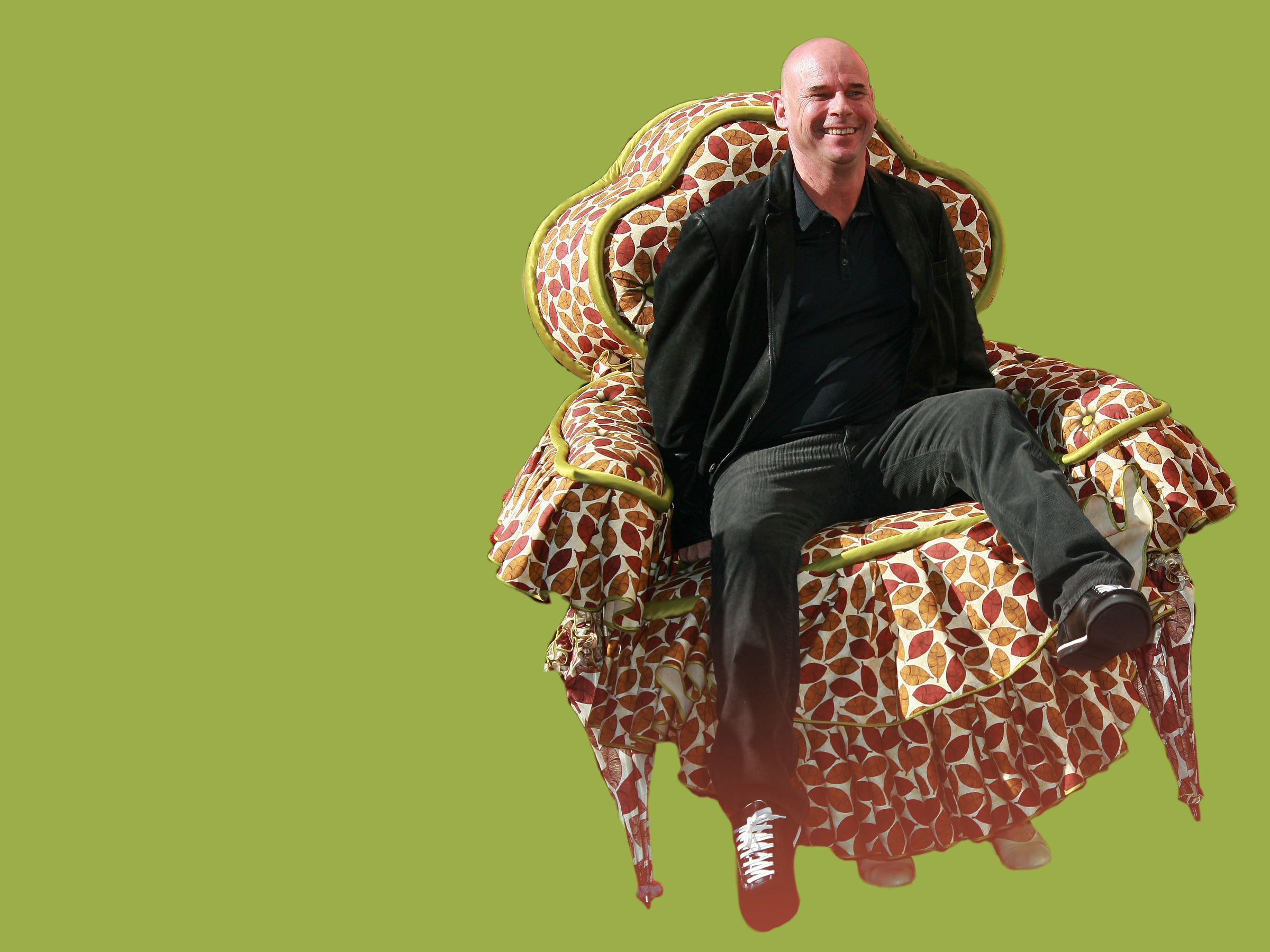- One-time street performer Guy Laliberté built a billion-dollar fortune after founding circus-inspired entertainment giant Cirque du Soleil.
- Laliberté was arrested last year and accused of growing cannabis on his private island in French Polynesia.
- Laliberté spent $35 million on a trip to space in 2009, making him the first Canadian space tourist.
- Visit Business Insider’s homepage for more stories.
Guy Laliberté isn’t a typical circus performer.
With a mind for both business and performance, Laliberté grew his Montreal-based circus troupe into a multibillion-dollar entertainment empire, starting with only a $1 million arts grant, according to Forbes. Since selling a majority stake in Cirque du Soleil in 2015, Laliberté has spent part of his $1.2 billion fortune on a $35 million trip to space, a sprawling network of real estate (including a private island in French Polynesia), and propping up his new entertainment venture that puts on high-tech shows inside giant pyramids.
A representative for Laliberté did not immediately respond to Business Insider’s request for comment on Laliberté’s background, net worth, involvement in Cirque du Soleil or Lune Rouge, or 2019 arrest.
Here’s everything we know about Laliberté’s rise and how he spends his time and money.
Laliberté, 60, began his career as a stilt walker, fire eater, and accordion player on the streets of Montreal.
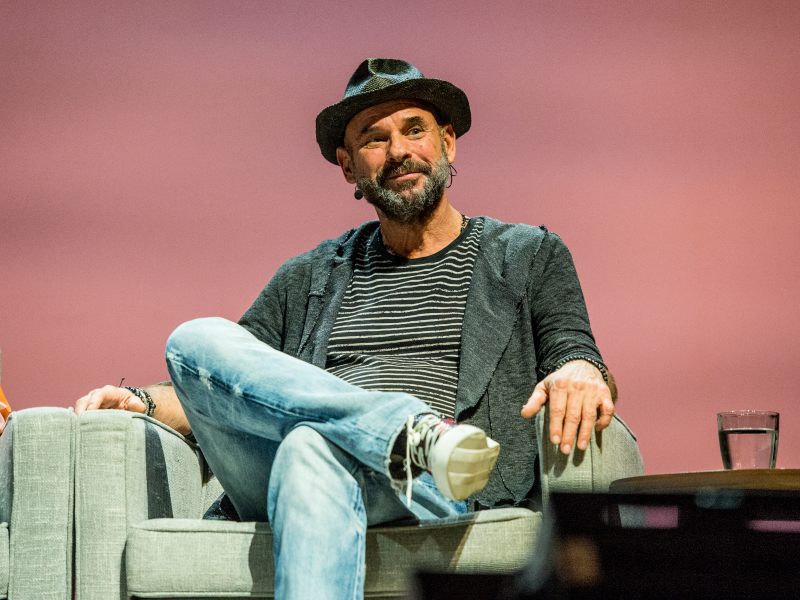
Laliberté became a street performer after he dropped out of college in 1978, The New York Times reported in 2011. He was able to diversify his performances after adding circus skills to his repertoire while hitchhiking through Europe, according to Forbes.
"I grew up in this type of very balanced world of business and creativity," Laliberté told Forbes in 2019. "My mom was very, very creative, eccentric. And my father was a PR guy, a wheeler-dealer."
Laliberté eventually joined a circus group that put on large scale street performances.
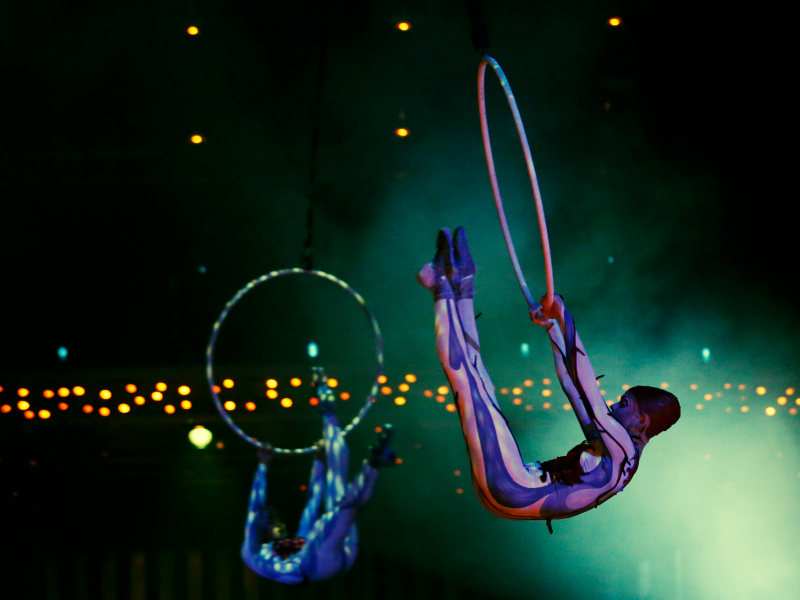
Laliberté also helped the troupe, then called Les Échassiers, book performances and raise money, he told Forbes. Les Échassiers got their big break when they were awarded a $1 million grant from the Quebec government to produce a traveling show as a part of the celebrations for the 450th anniversary of Canada's discovery in 1984, according to Forbes.
"We had every problem starting a big top could have," Laliberté told Forbes in 2004. "The tent fell down the first day. We had problems getting people into the shows. It was only with the courage and arrogance of youth that we survived."
The show was later renamed Cirque du Soleil, meaning "Circus of the Sun." "When I need to take time to reenergize, I go somewhere by the ocean to sit back and watch the sunsets," Laliberté told Fortune in 2011. "That is where the idea of 'Soleil' came from, on a beach in Hawaii, and because the Sun is the symbol of youth and energy."
Cirque du Soleil was a near-instant hit, which Laliberté credits to his ability to think about both art and finances at the same time.
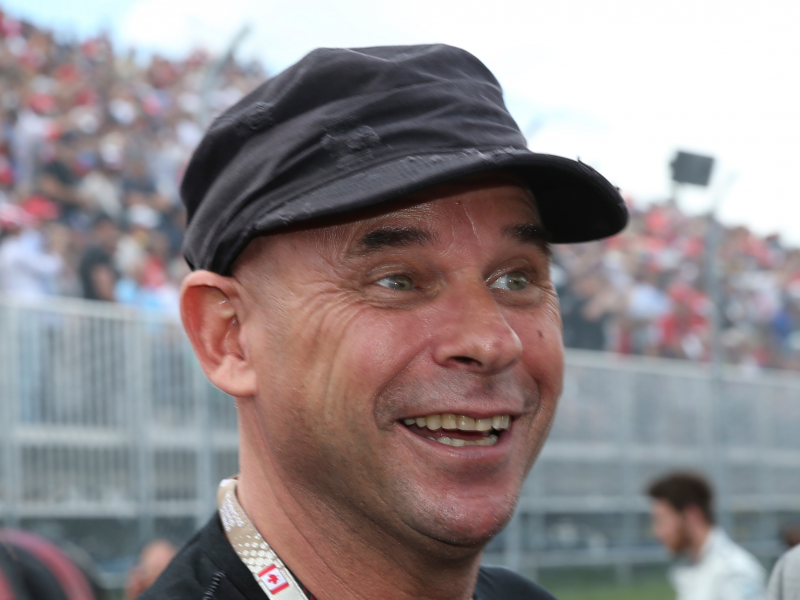
The company made $40,000 from its Canadian tour, and used the money to bring performances to California, Forbes reported. By 1993, Cirque was pulling in $30 million each year.
"I really believe that one gift my life have given me is this fifty-fifty creative-business brain," Laliberté told Forbes.
Cirque du Soleil is now a massive franchise, selling the same number of tickets each year as all of New York's Broadway shows combined.
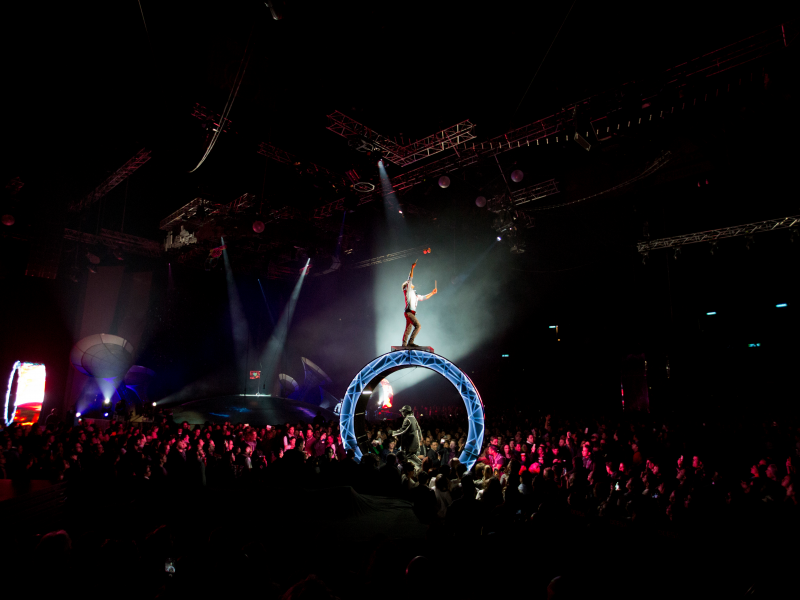
Cirque is "one of the most profitable and famous pieces of performance art of the last century," Forbes' Madeline Berg wrote in 2019.
The company has several versions of its touring shows, including underwater and on ice shows and others based on Michael Jackson, Lionel Messi, the Beatles. There are also eight permanent Cirque du Soleil shows in Las Vegas, according to the company's website.
Laliberté's success was memorialized with a star on the Hollywood Walk of Fame in 2010.

The star was put outside Kodak Theatre in Hollywood in 2010, just as Cirque du Soleil launched a multi-year run of a film-inspired show there, according to the Walk of Fame website.
Despite the playfulness of his shows, Laliberté has a "reputation for fierceness," according to The New York Times.
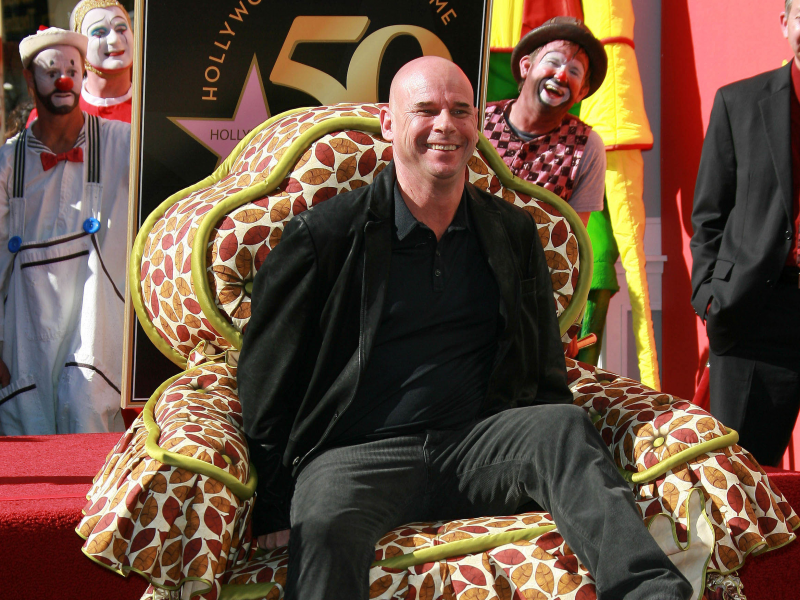
While interviewing the billionaire in 2011, The New York Times' Jason Zinoman noted that Laliberté has a "deadpan expression" during meetings, and "forceful arm waving" and an "almost dispassionate voice" when speaking.
Philippe Decouflé, who directed a Cirque show for Laliberté, described the CEO to Zinoman as a "very nice bulldozer."
His dedication paid off — Laliberté sold a 90% stake in Cirque du Soleil for $1.5 billion in 2015.
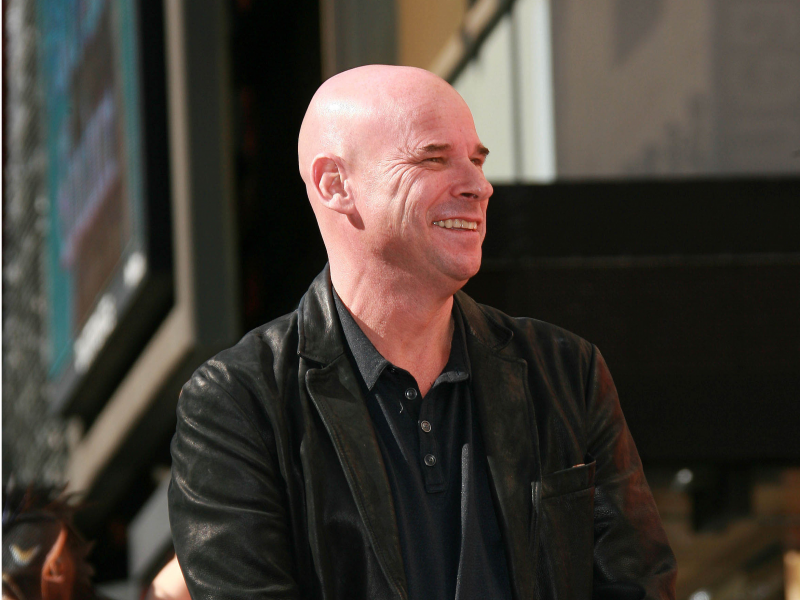
Laliberté held onto a 10% stake in Cirque, but sold that too last month, The Las Vegas Review-Journal reported. Laliberté said in a statement that he will remain involved in the company as a creative consultant.
Laliberté said the sale to San Francisco private equity firm TPG Capital was not motivated by money, however. "I really was missing performing as an artist," Laliberté told Forbes in 2019. "When I started Cirque, I pretty much gave up performing. It's really something that I wanted to live again."
A substantial portion of that check - $100 million - went to Laliberté's next venture, Forbes reported. Launched in June 2018, Lune Rouge Entertainment puts on high-tech shows using only laser, lights, and projectors inside giant pyramids, according to Forbes. Lune Rouge's first show, "Through the Echoes," retells the history of the Earth.
Laliberté also spent some his Cirque paycheck on art, setting up his own family office, investing in a few startups, and expanding his sprawling network of homes, according to Forbes.
Laliberté collects both contemporary and traditional African art.
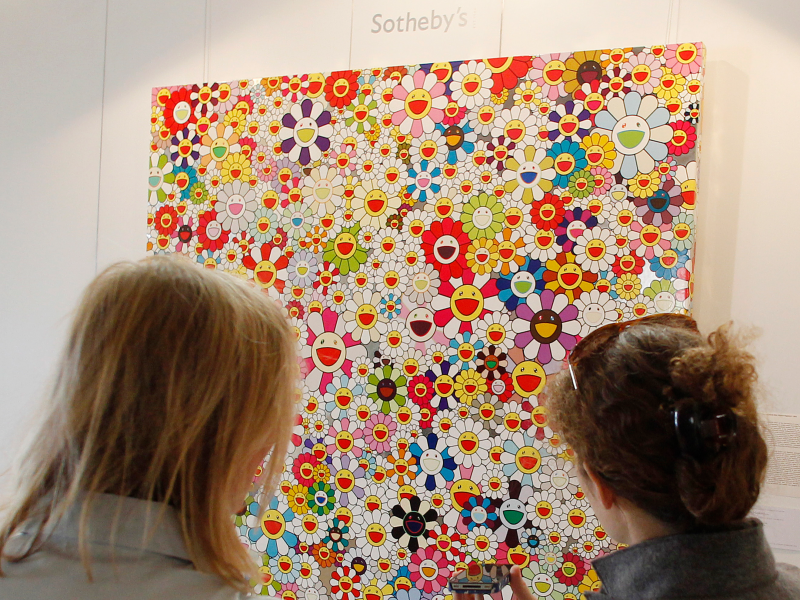
His collection includes pieces by Ugo Rondinone, Camille Henrot, Sarah Lucas, Giuseppe Penone, Takashi Murakami, and Jenny Holzer, according to Artnet News. The Financial Times' Gareth Harris called Laliberté's taste in art "blue chip-based and discerning but quirky" in a 2015 profile.
Laliberté owns seven homes, including one on a private island in the middle of the Pacific Ocean.
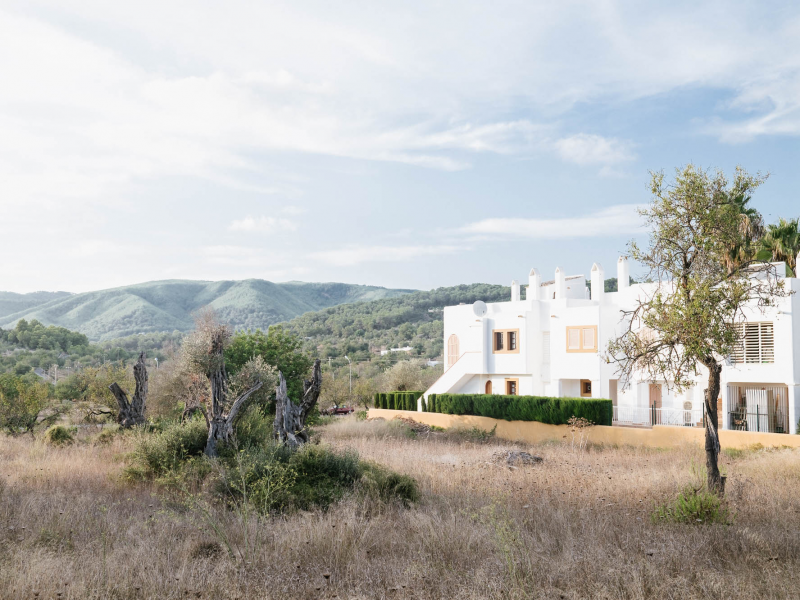
Laliberté's privately owned island, named Nukutepipi, is located in French Polynesia near Tahiti. The billionaire spent $100 million building various structures on the island, including an observatory, Artnet News reported. The entire island rents for $143,581 a night, according to Forbes.
Laliberté also has a home in Hawaii and a 64-acre estate in Ibiza, according to Forbes.
The billionaire uses a private jet, his 178-foot sailing yacht named Tiara, or his Range Rover to travel between his homes, Forbes reported.
Laliberté was arrested for growing cannabis on his island in November.
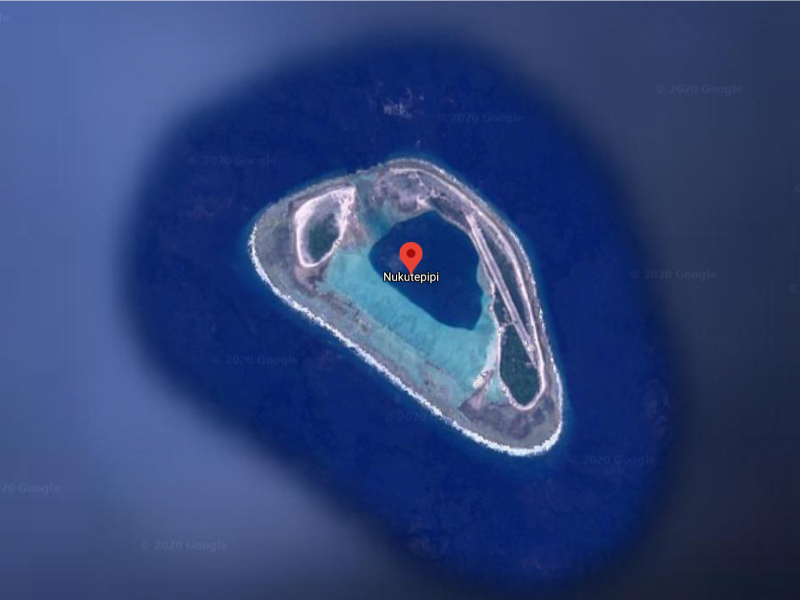
Laliberté is a medical cannabis user, a spokesperson for his company told Reuters in November. In a statement to Reuters, the spokesperson also said that Laliberté "categorically denies and dissociates himself completely from any rumors implicating him in the sale or the traffic of controlled substances."
Laliberté was later released without being charged and said he would continue to cooperate with authorities.
"The disproportionate importance given to this matter, which is generally trivialized for someone in possession of several plants of cannabis for strictly personal use, greatly surprises me," Laliberté said in a statement after his release, according to the Montreal Gazette.
"On a different note, however, I would like to highlight that Faa'a's gendarmes were very courteous, and have treated me in a professional and respectful manner, which is a bright spot in this misadventure," Laliberté said, according to The Gazette.
Laliberté became the first Canadian private citizen to explore space in 2009.
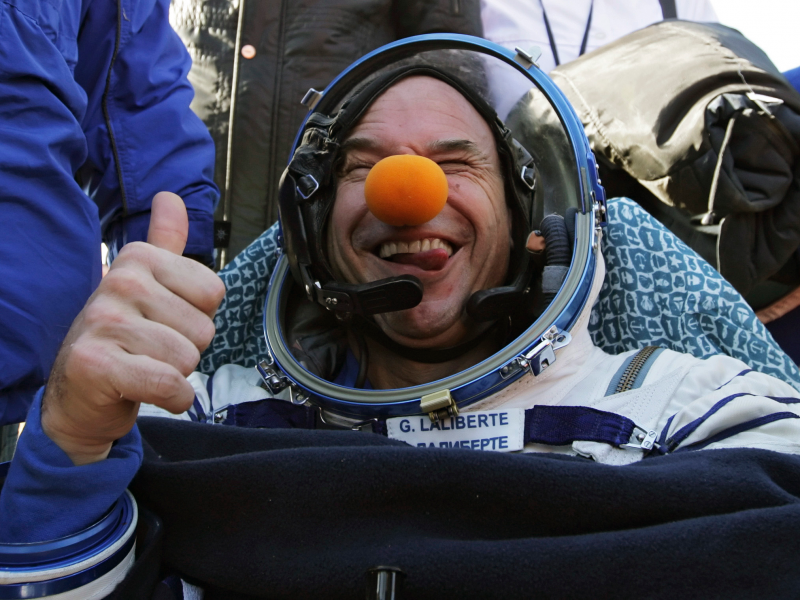
The trip was designed to raise awareness about water scarcity, according to Forbes.
According to The New York Times, the trip cost Laliberté $35 million and his perfect record of producing hit shows - "Banana Shpeel," Cirque's New York City-based fusion of its signature acrobatics and Broadway-style musical theater, flopped and was forced to cut its run short.
"I kept hearing there are too many songs, too much like a Broadway show," the production's director David Shiner told The Times in 2011. "Guy wanted to do something different. But he was in space."
Laliberte had "the greatest excuses in the history of show business failure," The Times' Zinoman wrote of the show's flop.
He's also a DJ, and is slated to perform at Coachella later this year.

Laliberté dabbled in professional DJing in 2016, booking a gig that paid $4,000 in New York, Forbes reported. However, the check he was paid with bounced.
"It really brought me back to my street-performer days," Laliberté told Forbes of the incident. "There's no way those people were getting away with not paying me."
Laliberté has since booked more reputable gigs, including Coachella, CTV News reported. The billionaire is scheduled to perform sets at the festival on both April 12 and 17.
Laliberté is also an active philanthropist.
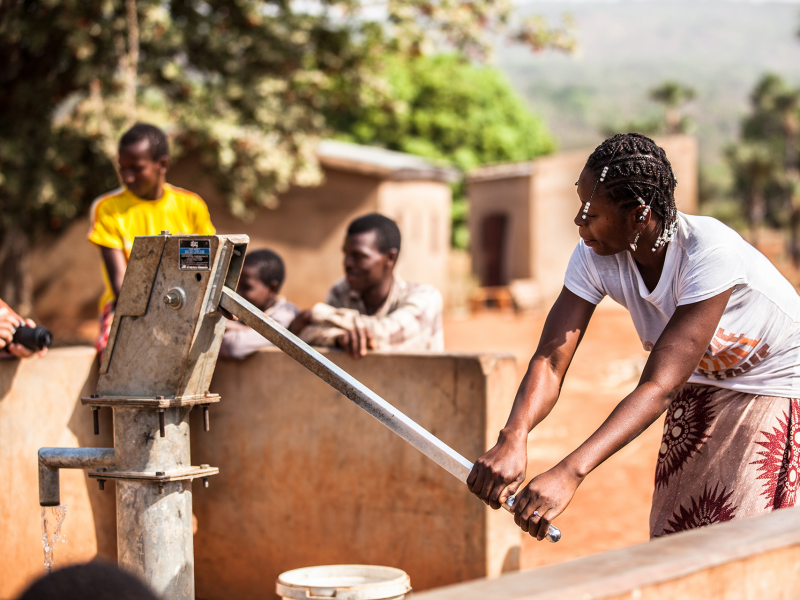
Laliberté is the founder of water conversation nonprofit One Drop Foundation, according to Artnet News. One Drop's projects have improved living conditions for 1.6 million people across the globe by improving their access to clean water, according to its website.
Laliberté also enjoys poker and has organized charity tournaments in the past, according to Canadian Business.
Despite his flashy lifestyle, Laliberté is extremely private.
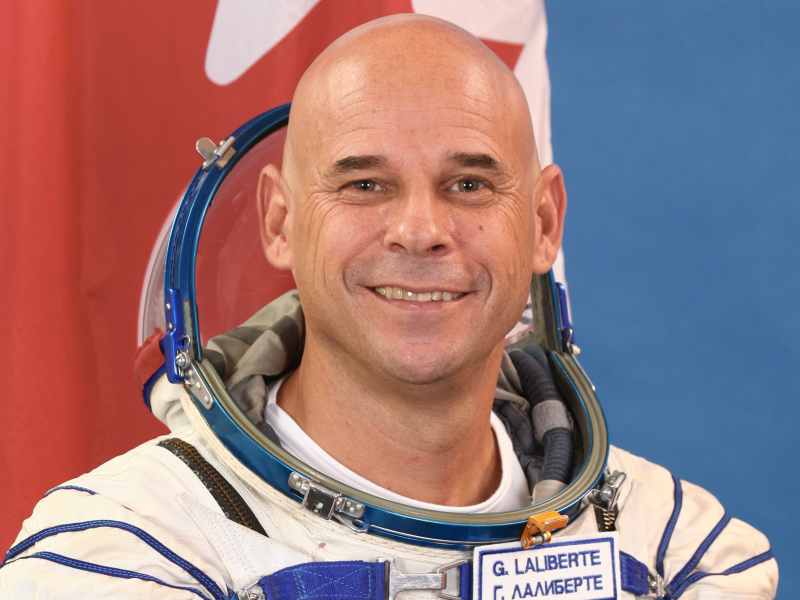
The CEO has a small circle of close friends and doesn't let even longtime colleagues really get to know him, The New York Times reported.

